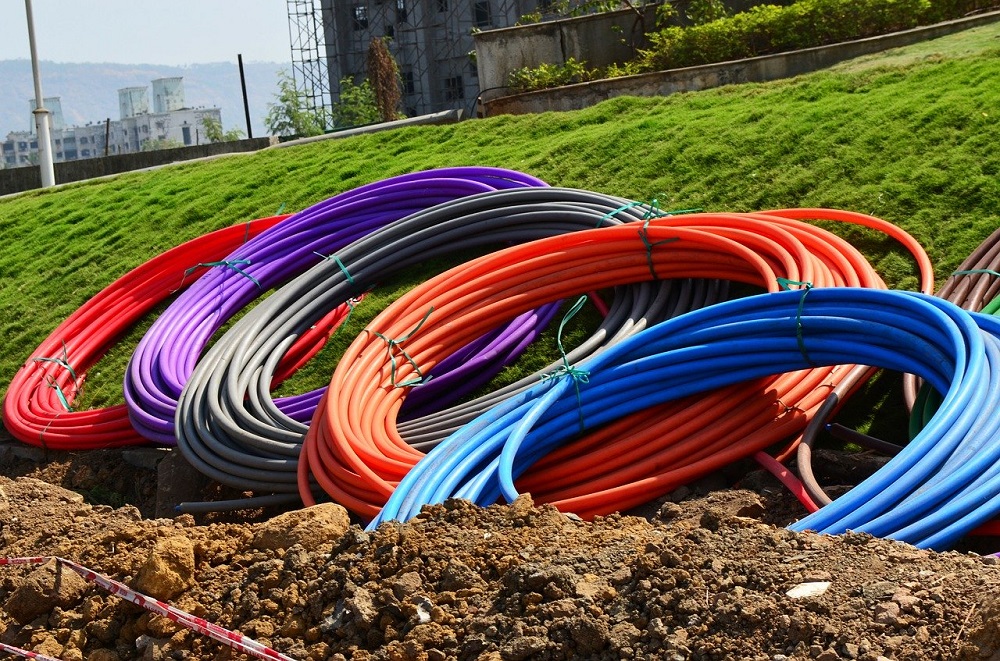Kenya Fibre Optic Expansion: A Sh10 Billion Bet on Connectivity

Kenya’s fibre optic expansion is the most important project in Kenya’s ambitious Digital Superhighway plan. The purpose is to raise fibre optic coverage of the country from 62% to 90% by the end of the next financial year. This project is presently in an intermediate phase of implementation with collaboration from ICT Authority and Kenya Power, with the latter’s infrastructure being used to fast-track deployment.
It’s a 10-billion-shilling program launched by Kenya’s government to offer 100,000 km of fibre optic cables to every nook and corner within the country’s borders. The objective is to improve connectivity, especially in underserved and high-risk areas. The project, Kenya Fibre Optic Expansion, is indeed poised to elevate the digital infrastructure in the country, but has some serious logistical, financial, and security challenges awaiting resolution.
Key Challenges
Execution Timeline and Scale
Deploying 100,000 kilometres of fibre optic cables in a short time frame will be a very big challenge. The geographical and infrastructural conditions in remote and risky areas, such as Northern Kenya, tend to obstruct the rapid deployment of Kenya’s fibre expansion. Also, the process of obtaining all the permits/approvals needed for such a large-scale project can be very time-consuming and cumbersome.
Security Concerns in High-Risk Areas
High-security-risk regions vulnerable to destruction of infrastructure, theft, and vandalism could jeopardise the integrity of the fibre network. Ensuring the safety of infrastructure in such areas is equally important for the success of the project.
Private Sector Involvement and Sustainability
For the fibre expansion to go through, it must get private sector participation from big names in the industry, such as Safaricom and Kenya Power. Yet, if these partners do not provide maintenance and support for the network on an ongoing basis, then worrying about scalability and operational integrity in the long term remains a purely theoretical exercise.
Economic and Social Impact
The success of the fibre network expansion will largely depend on its ability to generate the kinds of tangible benefits especially in areas that have been underserved and economically deprivileged. Clear metrics and accountability have to be introduced for measuring the project’s impact on digital inclusion and economic development.
Mitigating Strategies
Below are a few strategies being implemented by the Government and other stakeholders to face these challenges:
- Leaning on Infrastructure: The transmission lines of Kenya Power can be used for the fibre network expansion, cutting down costs and expediting the deployment process.
- Improved Security: Authorities have to provide security in collaboration with private firms under robust security procedures to protect the infrastructure placed in areas of risk.
- Accountability Mechanisms: Developing accountable, transparent mechanisms for monitoring and evaluating will ensure that fibre network expansion meets its objectives and that benefits are fairly distributed.
The fibre network expansion possesses an exceedingly high potential to improve interconnectivity and hopefully drive economic growth. The threat it currently faces is a terrible one. It is thus by the adoption of fairly considered strategic methods and the promotion of collaboration among the various actors that the government may be able to sort out such impediments so that its grand vision of a connected Kenya may come to fruition.
Follow us on WhatsApp, Telegram, Twitter, and Facebook, or subscribe to our weekly newsletter to ensure you don’t miss out on any future updates. Send tips to editorial@techtrendsmedia.co.ke
